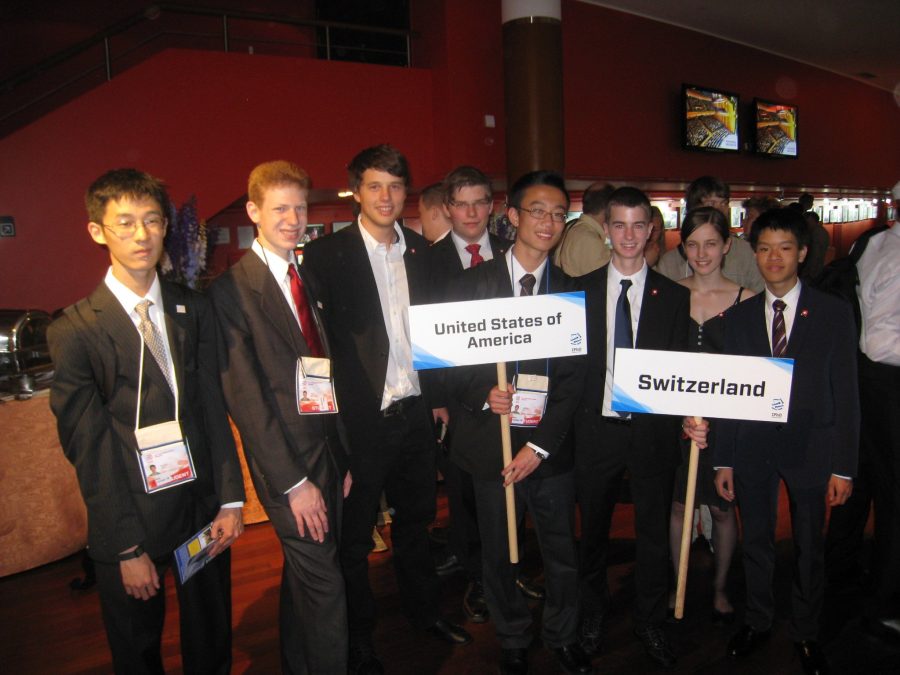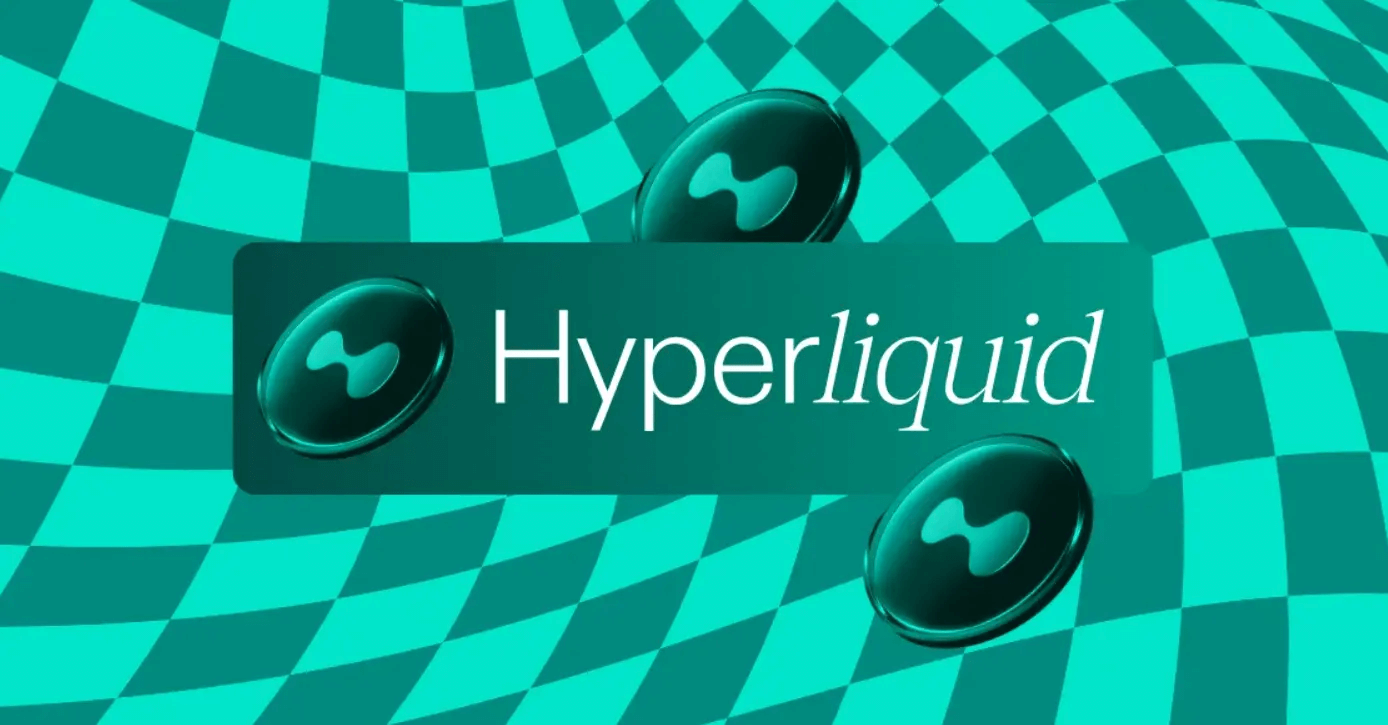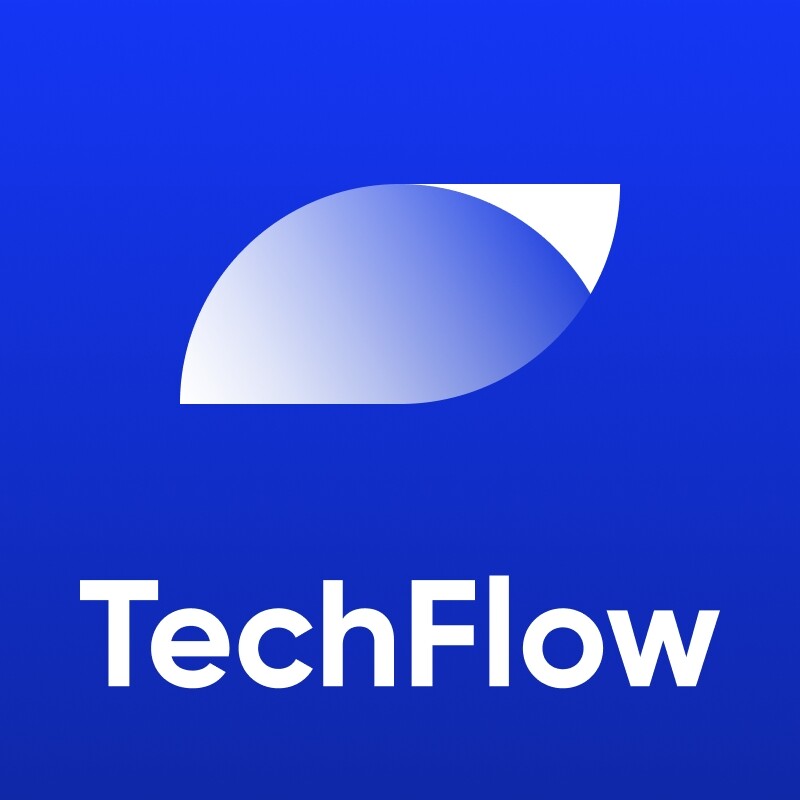The world's most "profiteering" company changes hands: an 11-person crypto team generates $100 million in per capita revenue
Author: Zen, PANews
The world's most profitable company per capita has changed hands, but it is still a crypto project. A few days ago, HyperliquidFR announced that the decentralized exchange Hyperliquid generates an average annual revenue of $102.4 million per employee, surpassing Tether, OnlyFans, Nvidia, and Apple, and ranking the highest per capita revenue generated by companies in the world. Prior to this, stablecoin issuer Tether ranked first with more than $90 million in per capita revenue. According to DefiLlama data, the Hyperliquid team has only 11 core members, and its annual revenue is estimated to be about $1.127 billion.
In the cryptocurrency industry, which is full of myths of getting rich, it is not uncommon for project parties to make a lot of money, and it is not uncommon for young founders to turn into crypto tycoons. But it's still rare for a small team like Jeff Yan and his Hyperliquid to be able to achieve the scale and efficiency it is today. Looking back at Jeff's family upbringing, educational background, and professional experience, we can see that the emergence of Hyperliquid and its development path may not be accidental.
From top "questioner" to decentralized exchange founder
Jeff Yan was born and raised in Palo Alto, California, USA, to Chinese immigrant parents. As a teenager, Jeff began to show a strong talent for mathematics. In 2012, Jeff won a silver medal at the 43rd International Physics Olympiad (IPhO), when he had only been focusing on physics for about a year. In 2013, Jeff returned to the 44th International Physics Olympiad, winning the gold medal and finishing 24th, the first time a graduate from his alma mater, Palo Alto High School, achieved such a high level of success in this premier competition.

Jeff Yan (4th from right) poses with the rest of Team USA and Team Switzerland
As a top "problem solver", Jeff was also successfully admitted to Harvard University, majoring in mathematics and computer science. After graduating, Jeff joined high-frequency trading giant Hudson River Trading (HRT) as a quantitative trader. At HRT, he delved into the U.S. stock market, designed low-latency systems that could execute thousands of trades per second, and gained a deep understanding of how market makers provide liquidity and the impact of different trade flows on market efficiency.
In 2018, Jeff was drawn to the burgeoning cryptocurrency industry. His attempt to build an Ethereum layer-2 prediction market platform failed due to regulatory uncertainty, limited applications, and a lack of users. After gaining experience, he refocused on trading, and combined with his work experience, he founded Chameleon Trading, a cryptocurrency market-making company, in early 2020. In the bull market, Chameleon Trading has rapidly grown to become one of the largest market makers among centralized exchanges.
Until November 2022, the FTX exchange thunderstorm shocked the world. "People realized that crypto was meant to be a fun game until something bad happened," Jeff recalls. After witnessing billions of dollars evaporate overnight due to user trust in centralized platforms, many saw it as a signal to abandon cryptocurrencies and began to move away from cryptocurrencies, and the industry has since fallen into a long-term downturn. However, Jeff saw both challenges and opportunities.
Jeff realized that regular users would place more emphasis on self-custody and would prefer to trade crypto assets in a decentralized manner. At the same time, they found that the market lacked a trading platform that balanced the principles of decentralization with a high user experience. Based on this judgment, Hyperliquid's core concept emerged: to create a "fully on-chain" high-performance perpetual contract exchange, allowing users to enjoy a trading experience close to centralized exchanges while maintaining asset control - Hyperliquid can theoretically process 200,000 transactions per second, and the platform supports multiple markets and high leverage.
Self-funding and streamlining: Jeff Yan's small team strategy
In traditional entrepreneurial stories, startup teams usually start running around seeking funding and resources from venture capital firms after showing their unicorn potential, and begin to frantically expand the size of the team. This playbook is rarely an exception even in the Web3 and cryptocurrency industries, which are known for their decentralization. Jeff and Hyperliquid are the exception.
Jeff emphasized that Hyperliquid's development was completely self-funded and never accepted venture capital. He said that he did not start a business for wealth, in his opinion, "money is just a number", and more importantly, to create valuable and meaningful products. Jeff believes that rather than constantly trading VC funding for milestone publicity, it is better to let users experience real value is real progress.
Therefore, Hyperliquid has implemented the concept of "community-led ownership" since its inception: distributing tokens directly to users through user transactions, never allowing venture capitalists to control the network. As Jeff said, "Allowing VCs to hold a large stake in the decentralized network will become a 'scar of the network'", and his vision is to build a financial system that is "built by and belongs to the user".
In terms of team building, Hyperliquid has always maintained a "small but refined" strategy, with a core team of only 11 people, about half of whom are engineers, and the rest are responsible for products and operations. The team maintains a flat, productive work atmosphere, and Jeff gives the team full autonomy in management, but is always actively involved in the technical side and knows everything is happening. Hyperliquid operates asset-light, with no separate marketing department or traditional business development team.
In the early days of the business, Jeff and other members went through various difficulties in the start-up of the project, and they worked together tacitly. This is due to Jeff's commitment to excellence when it comes to talent acquisition. He admits that he is very picky about every partner he joins, because "hiring the wrong person is even worse than not hiring anyone." While he is willing to expand his team appropriately as the business grows, he always insists on only including those who are "extremely smart, self-motivated, and truly love the cause."
Jeff once said in an interview: "We are not like the usual teams in the cryptocurrency space, they have a big long-term vision, raise a lot of money, and have a multi-year roadmap. I think it's cool, but it's not our strong suit. Jeff claims that the team is more focused on what action needs to be taken next and believes they are moving in the right direction, but will not create a plan with hundreds of steps.
Why did Hyperliquid rise?
Hyperliquid's technical architecture is completely different from traditional DEXs. It is a fully on-chain matched decentralized perpetual contract exchange, rather than an AMM model like Uniswap. The Hyperliquid team has created a high-performance Layer-1 blockchain ("Hyperliquid") with transaction throughput close to CEX-level throughput. On this basis, Hyperliquid implements complete order book matching – limit orders, executions, cancellations, and liquidations all occur transparently on-chain and can be completed within a single block. Some analysts pointed out that by June 2025, Hyperliquid has occupied about 78% of the on-chain derivatives market, with a daily trading volume of more than $5.5 billion.
Hyperliquid's matching engine also introduces a special rule: the platform deliberately lowers the priority of high-frequency "taker" market orders, giving market makers the opportunity to update their quotes. Doing so encourages market makers to quote tighter bid-ask spreads, providing traders with better pricing. Under this price-time priority and strategically smooth matching mechanism, all transactions are executed on-chain, and the entire process is completely transparent to users. Such complex matching rules and decentralized execution are favored by professional traders.
 – >
– >
Regarding liquidity, Hyperliquid has established protocol-level HLP: a hybrid pool that combines market-making and liquidation functions. The HLP vault is owned by the protocol, and any user can deposit funds to participate in market making. When there is no match in the order book, the HLP acts as a counterparty to complete the trade. Jeff emphasized that Hyperliquid has not entered into private agreements or funding arrangements with any market-making institutions other than HLP. In other words, Hyperliquid does not specify internal pools or market makers like some centralized exchanges; The only liquidity supply comes from the open HLP, which is also designed to ensure fairness and transparency.
Moreover, Hyperliquid's decentralized design is reflected in its tokenomics. The native token HYPE serves as a network governance tool on the one hand, reducing transaction fees through staking on the other hand, and has a listing buyback mechanism to capture value. When it launched the HYPE token in November 2024, Hyperliquid airdropped 31% of its tokens to approximately 94,000 users, one of the largest user-centric distributions in recent years.
From its inception, Hyperliquid began to explode. With its fully on-chain transparency, Hyperliquid has successfully attracted a large number of crypto whales and top institutions. The unprecedented transparency of all its trades, positions, and margin data is publicly available, creating a strong foundation of trust and making it its brightest calling card. The frequent entry and exit of well-known trading institutions and capital giants not only brings huge liquidity, but also invisibly "credit endorsement" the platform, making it rise rapidly in the derivatives track.
When it went live in 2023, the platform's daily trading volume exceeded $1 billion in less than 100 days without overwhelming marketing or KOL publicity. According to the DWF research article, Hyperliquid's crypto perpetual contract trading volume in July 2025 was approximately $320 billion, and protocol revenue reached $86.6 million, both setting new record bests. Hyperliquid said on the X platform on August 15 that the platform has reached a new milestone, with a 24-hour trading volume of $29 billion and fees reaching $7.7 million.
In just one year, Hyperliquid has captured more than 80% of the decentralized perpetual contract market, rivaling some of the largest centralized exchanges, according to a new report published by data provider RedStone. These staggering numbers have also earned Hyperliquid a reputation from the community as the "Binance on the chain." And all this was achieved with a team of only a dozen people and a zero marketing budget.
